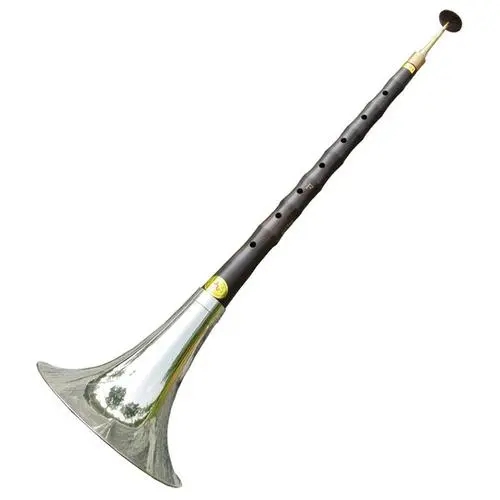How to set the tone of suona
In the traditional tuning method, suona is based on the instrument used. Regardless of the size or the thickness of the wood pipe, it is called "this tune" by pressing all the sound holes (pressing all the sound holes, that is, the barrel tone). This is a basic key name that all comrades who play suona are familiar with. Because it is a must-have tone for beginners, it is called "benxue" in the terminology of folk artists.

The naming of this "this tune" is a common term used in various places. But when switching to other tunes, there are big discrepancies in the names that are popular around the world. For example, when opening the first sound hole, some places are called "old basic tune"; some places are called "six service tunes". When opening the second sound hole, in some places it is called "Xiaomengong tune"; in other places it is called "Plum blossom tune". When opening the third sound hole, some places call
"Back tone"; in some places it is called "miscellaneous tone" and so on.
For the purpose of illustrating the method of setting the tone, the "Qi-inch" small suona is taken as the reverse, and its "local tone" pitch is equivalent to the central "C" of the keyboard instrument, that is, "1". Then, its scale arrangement is "125456712" (see Figure 10), and then, taking the 1234567 seventieth note of this scale as the key name of the seventh key of "CDEFGAB", we get "1=e, 1=D, i =E, 1:F, 1:G, 1:A, 1=B" the phonemic fingering of each key
 渝公网安备 50010702504639号
渝公网安备 50010702504639号